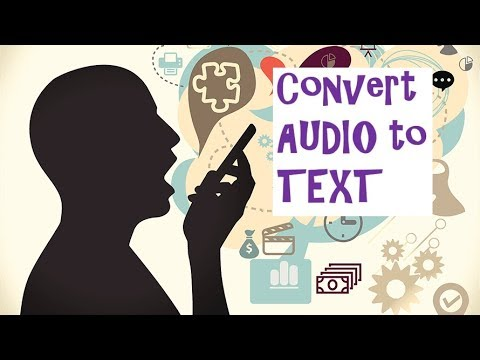Text-to-Audio: Crafting Soundscapes from Words
In today’s fast-paced world, technology continues to break barriers and bridge gaps, making information more accessible and communication more seamless than ever before. One such innovation that is revolutionizing the way we consume content is Artificial Intelligence (AI) Text-to-Audio technology. This groundbreaking advancement converts written text into lifelike audio, offering a transformative experience that engages listeners and enhances accessibility. In this article, we delve into the fascinating realm of AI Text-to-Audio technology, uncovering its capabilities, benefits, and potential impact on the way we interact with content.

The Power of Voice:
AI Text-to-Audio technology harnesses the power of voice to bring written words to life, creating immersive audio experiences that captivate and inspire listeners. By leveraging advanced speech synthesis algorithms and natural language processing techniques, AI platforms can generate high-quality, human-like speech from any written text, delivering a rich and dynamic auditory experience that transcends traditional reading.
Accessibility and Inclusivity:
One of the most significant benefits of AI Text-to-Audio technology is its ability to enhance accessibility and inclusivity for individuals with visual impairments, learning disabilities, or language barriers. By converting text-based content into spoken audio, AI platforms enable users to access information, literature, and educational resources in a format that suits their unique needs and preferences, empowering them to participate more fully in the digital world.
Multimodal Learning:
AI Text-to-Audio technology facilitates multimodal learning experiences by combining auditory and visual stimuli to reinforce comprehension and retention. Whether it’s listening to audiobooks while following along with the text or using voice-enabled study tools to review course materials, learners can leverage AI-generated audio to enhance their understanding, memory, and engagement with educational content, leading to more effective learning outcomes.
Personalization and Convenience:
AI Text-to-Audio technology offers personalized and convenient solutions for consuming content on the go. Whether it’s listening to news articles during the morning commute, catching up on emails while exercising, or enjoying podcasts while doing household chores, users can seamlessly integrate AI-generated audio into their daily routines, maximizing productivity and efficiency without sacrificing quality or comprehension.
Applications Across Industries:
AI Text-to-Audio technology has diverse applications across various industries, including publishing, education, entertainment, and accessibility. Publishers can offer audio versions of books and articles to expand their audience reach, educators can provide audio supplements to enhance classroom instruction, and content creators can develop immersive audio experiences to engage audiences in new and innovative ways.
Conclusion:
AI Text-to-Audio technology represents a groundbreaking advancement in the field of communication and content consumption, offering a transformative solution for bringing written words to life through the power of voice. From enhancing accessibility and inclusivity to facilitating multimodal learning and personalized experiences, AI-generated audio has the potential to revolutionize the way we interact with content across diverse contexts and industries. As technology continues to evolve and AI Text-to-Audio algorithms become more sophisticated, the possibilities for creating immersive and engaging auditory experiences are endless, promising new horizons for innovation, creativity, and connection in the digital age.






